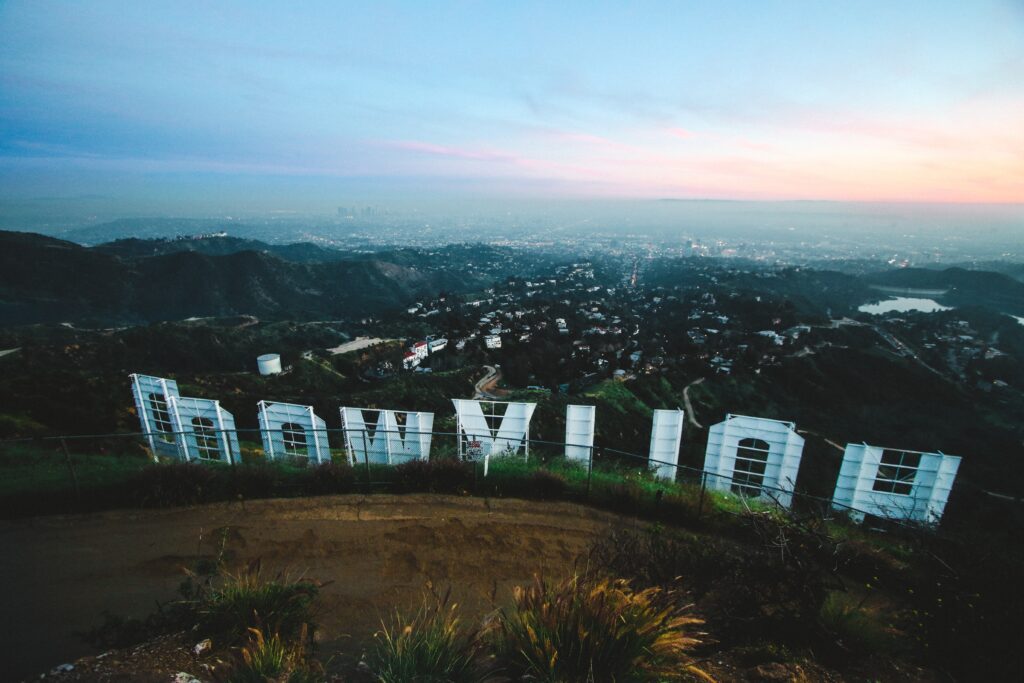California theme parks and sports stadiums will be allowed to re-open for visitors far sooner than expected.
While these updates don’t mean it’ll be business as usual, they do show Covid rates in decline and resuming activities.
“Throughout the pandemic, California’s business community has been committed to protecting the health and safety of workers and customers — and that won’t change now,”
Dee Dee Myers, senior advisor
to Gov. Gavin Newsom
and director of the governor’s Office of Business and Economic Development, said in a statement Friday.
“We will continue to work together with our partners across all sectors of the economy as we reopen safely, sustainably and equitably.”
Starting April 1, amusement parks will be eligible to reopen with limited capacity…

Capacity will be limited to 15% for parks in the red tier; that cap rises to 25% once the county progresses to the orange tier and 35% upon reaching the most lenient tier, yellow.
For now attendance will be limited to in-state visitors.
Restrictions such as no indoor dining and limits on indoor rides were not immediately available.
Outdoor sports — with fans — and live performances also will be allowed to resume April 1
For counties in the strictest tier, purple, capacity will be limited to 100 people or fewer, and attendance will be regionally limited. Advanced reservations will be required, and there will be no concession or concourse sales.
In the red tier, capacity will be limited to 20%, with primarily in-seat concession sales.
The capacity limit will rise to 33% for counties in the orange tier and 67% for those in the yellow. Attendance will be limited to in-state visitors in the red, orange and yellow tiers.
Counties that have entered the red tier include Santa Clara, home to California’s Great America.
Three counties in Southern California with large theme parks — Los Angeles, Orange and San Diego counties — are in the purple tier and will not be able to immediately open. How soon those areas could reopen depends, in part, on when California can administer an additional 400,000 vaccinations to people living in the state’s lowest-income areas, which will trigger a broad relaxation of the opening criteria.
Fresh circulating air, masking and maintaining physical distancing all help curb transmission of the coronavirus.
“…California can begin gradually and safely bringing back more activities, especially those that occur outdoors and where consistent masking is possible,”
Dr. Mark Ghaly, California’s health and human services secretary, said in a statement.
“Even with these changes, California retains some of the most robust public health protocols in the country.”
The announcement represents one of the most aggressive relaxations of California’s coronavirus restrictions since the pandemic began.



![Netflix’s Bold Bet on ‘Just A Dash’ Sparks Buzz: Why Matty Matheson’s Wild Cooking Show Is the Flavor Ride LA Craves [TRAILER] Netflix brings Matty Matheson Just A Dash to global audiences](https://dailyovation.com/wp-content/uploads/2025/12/Screenshot-2025-12-09-at-2.10.32-PM-218x150.jpg)






![The Rise of Wisconsin Rye Whiskey: A Flavorful Story of Community and Craft [Exclusive Interview with John Mleziva] Explore the rise of Wisconsin rye whiskey, its Driftless flavor, and the community-driven craft behind State Line Distillery’s celebrated five-year release.](https://dailyovation.com/wp-content/uploads/2025/12/Screenshot-2025-12-02-at-8.44.22-PM-218x150.jpg)









![Get Your Indie Movie Made (Responsibly): Jeff Caruso of Wrapbook Leads the AFM 2025 Film Finance Conversation [Exclusive Interview] American Film Market](https://dailyovation.com/wp-content/uploads/2025/11/AmericanFilmMarket2025-1-218x150.jpg)














